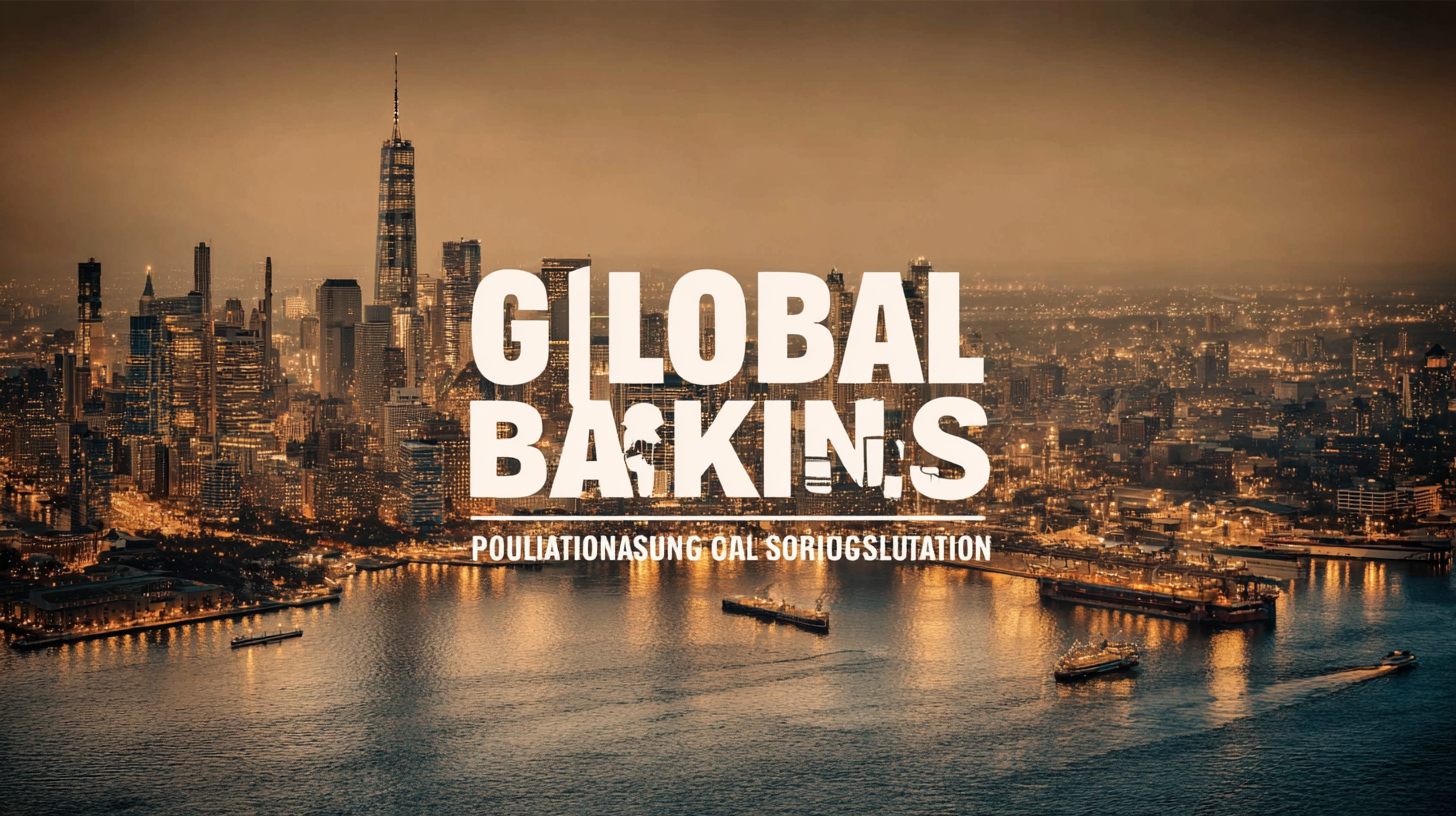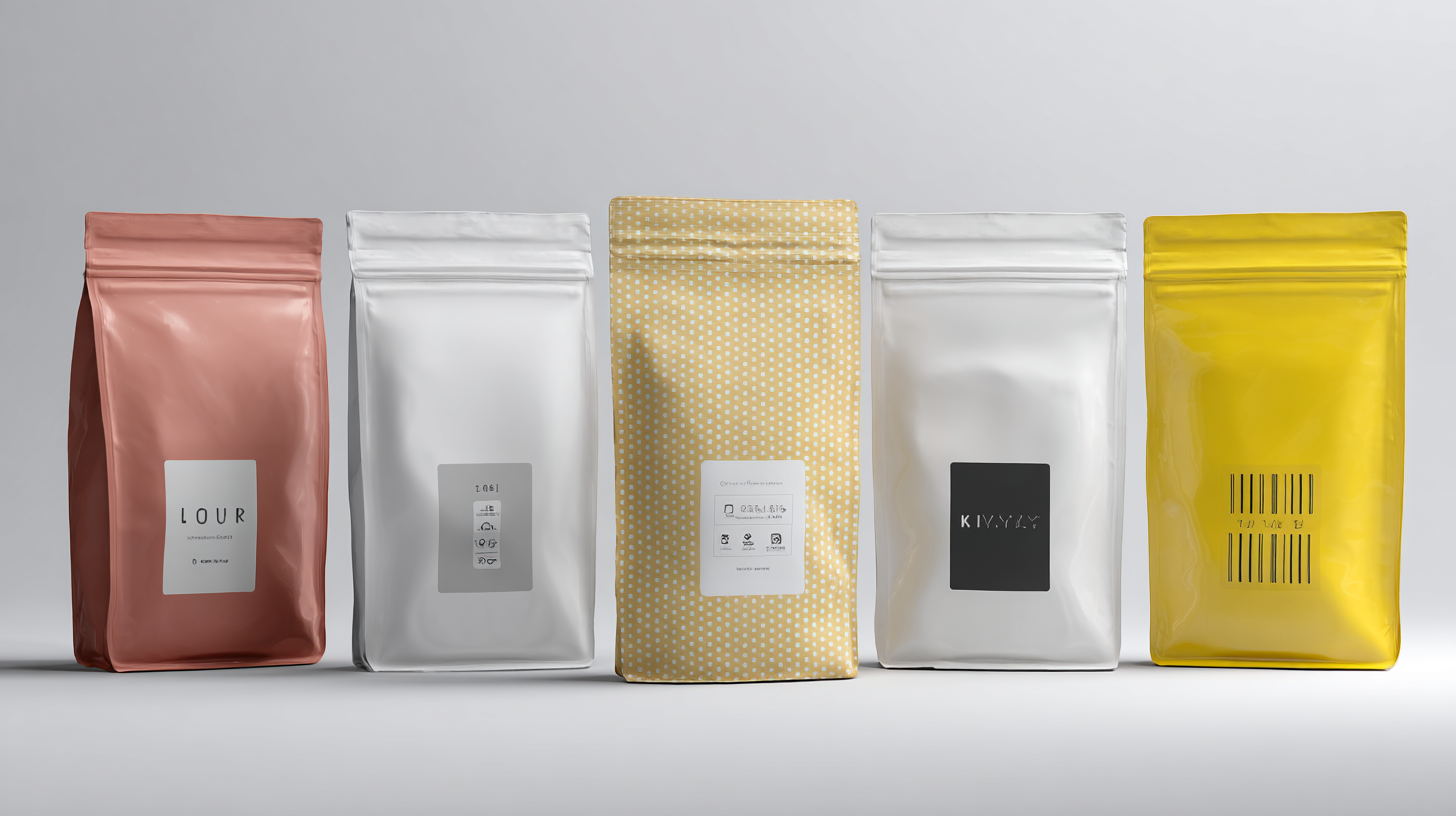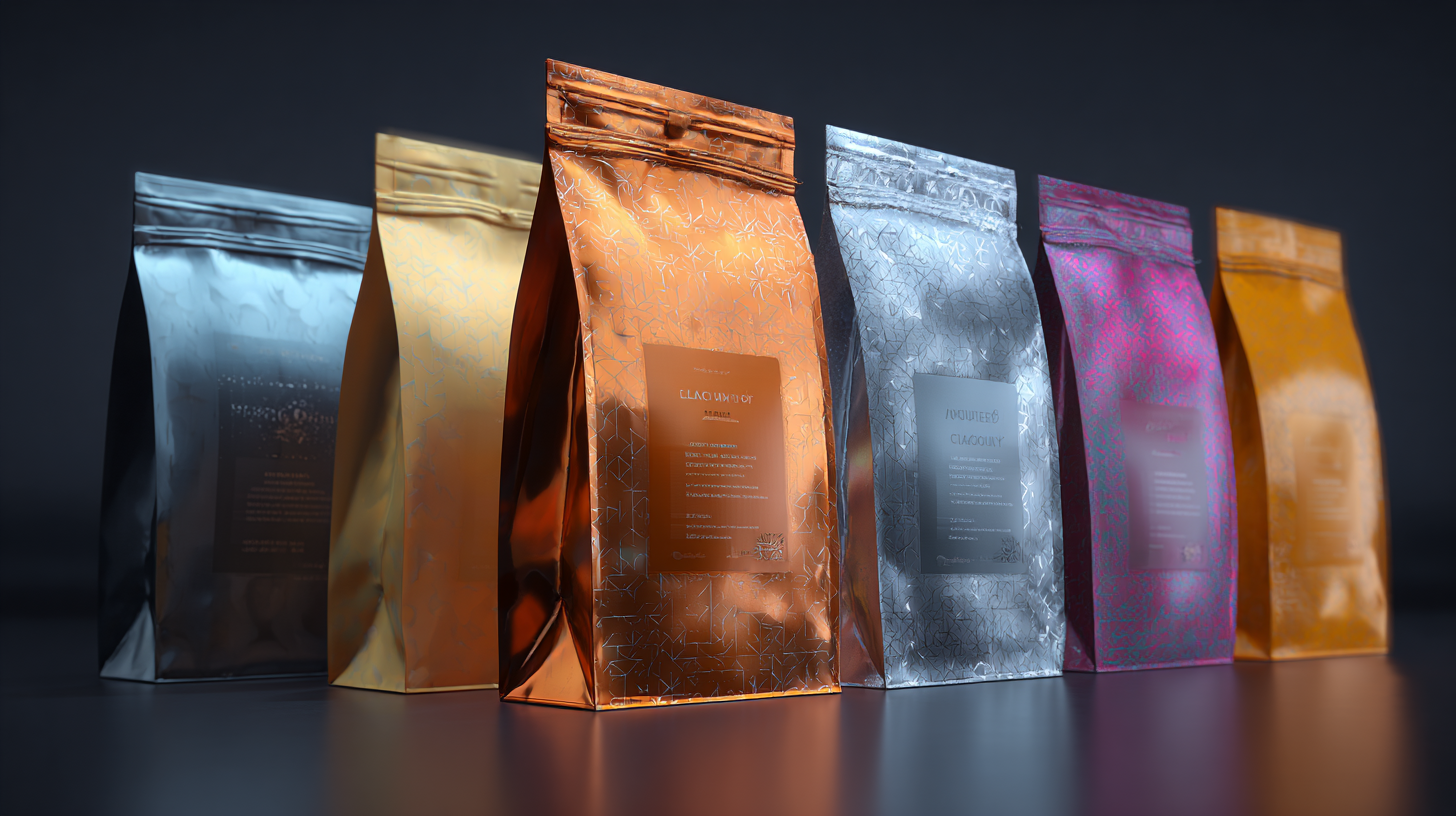Revolutionizing 2025 with Custom Packaging Solutions for Global Buyers
In an era where consumer preferences are rapidly evolving, personalized packaging bags have emerged as a crucial element for businesses aiming to stand out in a competitive marketplace. According to a recent report by Smithers Pira, the global market for customized packaging solutions is projected to reach $1 trillion by 2025, indicating a significant shift toward tailored offerings that resonate with consumers. As buyers increasingly prioritize sustainability and uniqueness, selecting a high-quality manufacturer that can deliver innovative and eco-friendly packaging options becomes essential. This blog delves into the critical factors to consider when choosing the right supplier to ensure your brand can capitalize on the booming demand for personalized packaging solutions, paving the way for success in 2025 and beyond.

Innovative Trends in Custom Packaging for 2025: What to Expect
As we look forward to 2025, the custom packaging landscape is poised for transformative innovations driven by evolving consumer demands and sustainability initiatives. The health and hygiene packaging sector is forecasted to reach a market size of $119.1 billion in 2024, with a compound annual growth rate (CAGR) exceeding 6.2% from 2025 to 2034, reflecting a growing emphasis on hygiene and convenience in consumer products. This trend underscores the importance of incorporating advanced materials and designs that prioritize both functionality and safety.
Additionally, the Japanese food packaging market is projected to grow from $12.7 billion in 2024 to a CAGR of approximately 4.45% through 2035, showcasing unique packaging requirements specific to the region. Innovations tailored to local preferences and regulatory standards are essential for market success. Furthermore, the global market for bulk container packaging is expected to expand significantly, reaching a valuation of $3.635 billion by 2025 with a projected CAGR of 8.1% leading into 2033, indicating a robust demand for efficient and sustainable packing solutions across various industries.
These insights reflect not only significant growth opportunities within the packaging sector but also emphasize the critical role that custom packaging solutions will play in meeting global buyer expectations for 2025 and beyond.

The Role of Chinese Manufacturing in Shaping Global Packaging Solutions
In 2025, the global packaging landscape is set for a revolutionary transformation, largely driven by Chinese manufacturing capabilities. The vacuum packaging market alone is projected to reach a value of $32.91 billion by 2025, growing to $50.04 billion by 2032, with a compound annual growth rate of 6.17%. This growth underscores the importance of innovative, sustainable custom packaging solutions that are tailored to the needs of global buyers. As concerns about environmental sustainability rise, China is poised to lead the charge in developing green and intelligent packaging technologies.
Tip 1: Embrace sustainability in packaging design by utilizing biodegradable materials and minimizing waste. This not only meets consumer demand for eco-friendly products but also enhances brand image.
Tip 2: Invest in smart packaging technologies that incorporate AI and automation. By optimizing logistics and reducing bottlenecks in manufacturing, companies can increase efficiency and improve product delivery.
With the ongoing challenges in global political and economic landscapes, the role of Chinese manufacturing in shaping these packaging solutions cannot be overstated. As brands seek to differentiate and elevate their offerings, tapping into innovative practices and sustainable methods will be critical to success in the evolving packaging market.
Sustainable Packaging: Meeting the Demands of Eco-Conscious Consumers
In 2025, the cosmetics packaging market is witnessing a remarkable transformation driven by the increasing demand for sustainable packaging solutions. Over 70% of cosmetic brands are now adopting eco-friendly practices to align with consumers' preferences, highlighting a significant shift towards sustainability in the industry. This trend is not isolated; it reflects a broader movement where consumers are actively seeking products that minimize environmental impact.
The metal packaging market is projected to be valued at $153.3 billion by 2024, growing at a compound annual growth rate (CAGR) of 3.3% from 2025 to 2034, largely fueled by consumers’ interest in reducing single-use packaging. Similarly, the alcoholic beverage packaging market is expected to reach $83.1 billion by 2024, with a CAGR of 6.1% during the same period, driven by the heightened demand for sustainable packaging options.
**Tips for Embracing Sustainable Packaging:**
1. **Research Materials:** Explore biodegradable materials that can replace traditional ones in your packaging solutions.
2. **Consumer Engagement:** Communicate your sustainability efforts clearly to consumers; transparency fosters trust and loyalty.
3. **Innovate Designs:** Consider minimalist packaging designs that use fewer resources while still being visually appealing and functional.
By focusing on environmentally friendly solutions, brands can not only meet the demands of eco-conscious consumers but also contribute positively to the planet.

Tailoring Packaging Solutions to Enhance Brand Identity in Global Markets
In today's competitive global marketplace, the importance of tailored packaging solutions cannot be overstated. According to a recent report by Smithers Pira, the global packaging market is projected to reach $1.05 trillion by 2025, emphasizing the significance of well-designed packaging in enhancing brand identity. Custom packaging not only protects products but also serves as a vital marketing tool that communicates the brand’s values and engages consumers on a deeper level.
Tips for enhancing brand identity through packaging include using unique colors and materials that reflect your brand's ethos and story. For instance, studies show that consumers are 80% more likely to remember a brand if the packaging is distinctive. Additionally, incorporating sustainable practices in packaging design resonates well with modern consumers, who increasingly prioritize eco-friendliness—73% of consumers are willing to pay more for sustainable packaging, as reported by Nielsen.
Moreover, digital printing technology allows brands to customize packaging in small quantities without substantial cost, providing an innovative approach to stand out in crowded markets. By embracing these strategies, global buyers can create packaging solutions that not only meet consumer demands but also elevate their brand presence internationally.
Revolutionizing 2025 with Custom Packaging Solutions for Global Buyers
| Packaging Type | Material | Use Case | Market Region | Sustainability Rating |
|---|---|---|---|---|
| Boxes | Recycled Cardboard | E-Commerce Shipping | North America | A+ |
| Bottles | Biodegradable Plastic | Cosmetics | Europe | A |
| Pouches | Aluminum Foil | Snacks | Asia | B |
| Sustainable Wood Crates | Sustainable Wood | Fresh Produce | South America | A++ |
| Custom Labels | Recycled Paper | Branding | Global | A+ |
Adapting to Market Needs: The Future of Custom Packaging for Global Buyers
As we look towards 2025, the landscape of custom packaging solutions is rapidly transforming to better align with the evolving needs of global buyers. Companies are recognizing that one-size-fits-all approaches are no longer viable; instead, tailored packaging that addresses specific market demands is becoming essential. This shift is largely driven by factors such as sustainability, consumer preferences, and the need for enhanced brand differentiation in a crowded marketplace.
The future of custom packaging will see innovative materials and designs that not only protect products but also tell compelling brand stories. Global buyers are increasingly seeking solutions that reflect their values, particularly around environmental impact. Packaging that is biodegradable or made from recycled materials will not only meet regulatory requirements but also resonate with eco-conscious consumers. By harnessing cutting-edge technologies, businesses can provide personalized packaging that captures attention and fosters loyalty, ensuring that products stand out from the competition and appeal to diverse audiences around the world.